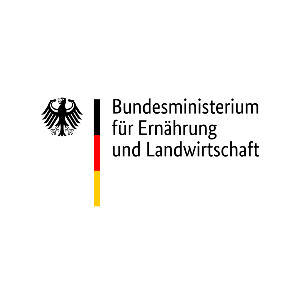D2Ag
Development of digital twins for more efficient fertilizer management to reduce the carbon footprint in arable farming

Development of digital twins for more efficient fertilizer management to reduce the carbon footprint in arable farming


Tackling climate change is one of the greatest challenges of the 21st century. The CO2e-induced change in the global radiation balance and the resulting climate change are expressed in the accumulation of extreme events such as heat, drought, storms and heavy rainfall and thus have a direct influence on the production conditions for food, fiber and bioenergy. As mankind's largest open-air industry and therefore a major CO2e emitter, agriculture is one of the contributors to climate change and therefore part of the problem. However, agriculture can also make a significant contribution to reducing the CO2e content in the atmosphere by using special cultivation methods to bind CO2e and store it in the soil as organic soil carbon. In addition, efficient and needs-based fertilization can improve nitrogen efficiency and thus reduce the CO2 footprint of nitrogen fertilization. Finally, the emission of nitrogen oxides (NOx) from agricultural soils can be minimized.
In a recent scientific report, the Society for Crop Science identified the need for research in the area of nutrient management, among other things. A study by Feike et al. (2022) states: "In order to optimize N fertilization, the current static calculation methods for N fertilization measurement must be replaced by dynamic, model-based methods in addition to N-efficient fertilizer forms and application methods." The D2Ag project starts at this point and supports emission-reduced fertilization and the monitoring of the binding of CO2e in the soil through soil observation-based dynamic decision-making aids.
The objectives of the project are the combined use of the latest earth observation technologies (hyperspectral satellite data) and growth modelling (process-based simulation models) for quantitative decision support in fertilizer management with the aim of reducing emissions of climate-impacting gases from the crop production process and the demonstration of the practical feasibility and efficiency of the new measures by using the latest technical infrastructure (pneumatic fertilizer spreaders with variable application rates per section) in selected field trials. The complex connection between earth observation from space, high-resolution monitoring at close range (e.g. with the help of drones), process simulation at crop level with a high level of detail (taking into account nitrogen transformation, translocation and transport processes in the plant and soil column) and the integration of the decision support information derived from this into the site-specific application technology is to be achieved by mapping in a so-called digital twin, for the creation of which machine learning methods must also be used extensively.